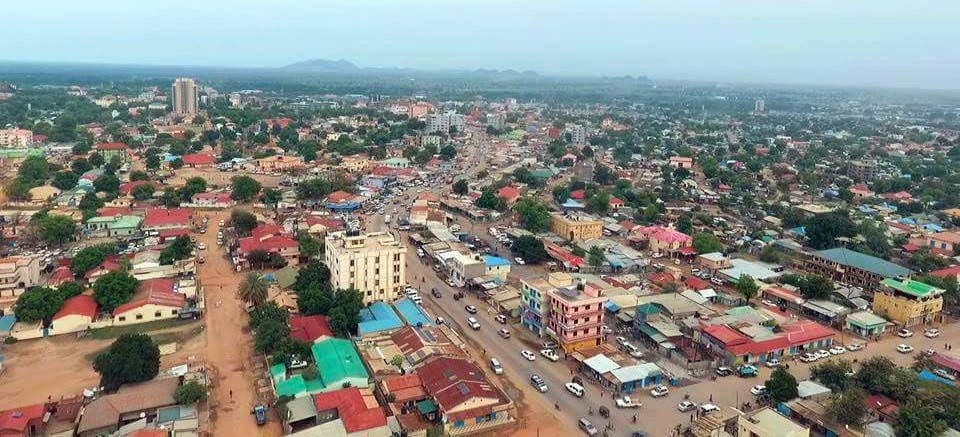- Home
- Switch to electric cars in South Sudan, how much are you saving?
Switch to electric cars in South Sudan, how much are you saving?
Electric vehicles (EVs) in South Sudan are at a very nascent stage, with minimal adoption and awareness at present. The country faces significant challenges in integrating sustainable transportation solutions, largely due to the underdeveloped infrastructure and the ongoing political and economic instability. While South Sudan has abundant renewable energy potential, particularly from solar power, the widespread adoption of EVs remains limited due to high upfront costs, a lack of charging infrastructure, and limited public awareness.
The country’s energy infrastructure is very basic, and much of the rural population still lacks reliable access to electricity. This presents a considerable barrier to the development of a nationwide EV charging network. Urban centers like Juba are beginning to explore the potential for EV-friendly infrastructure, but this progress is slow. As of now, the transportation sector is largely reliant on gasoline vehicles, which contribute to the high costs of fuel imports.

| Aspect | Electric Vehicles (EVs) | Gasoline Vehicles |
|---|---|---|
| Energy Efficiency | Over 85% efficiency, meaning most energy is used for propulsion. | Lower efficiency due to heat loss in combustion. |
| Consumption (100 km) | 15 kWh (electricity) | 6 liters (gasoline) |
| Cost per 100 km | $1.77 (15 kWh × $0.118/kWh, South Sudan’s electricity price) | $7.20 (6 liters × $1.20/liter, estimated fuel cost) |
| Annual Cost (15,000 km) | $265.50 | $1,080.00 |
| Annual Cost (25,000 km) | $442.50 | $1,800.00 |
| Annual Cost (30,000 km) | $531.00 | $2,160.00 |
| Annual Cost (50,000 km) | $885.00 | $3,600.00 |
| Annual Cost (70,000 km) | $1,239.00 | $5,040.00 |
| Annual Savings (15,000 km) | $814.50 | – |
| Annual Savings (25,000 km) | $1,357.50 | – |
| Annual Savings (30,000 km) | $1,629.00 | – |
| Annual Savings (50,000 km) | $2,715.00 | – |
| Annual Savings (70,000 km) | $3,801.00 | – |
| Maintenance Costs | Lower: No oil changes, timing belts, or exhaust systems. | Higher: Requires regular oil changes and more mechanical upkeep. |
| CO₂ Emissions | Low emissions potential, depending on South Sudan’s renewable energy mix. | High emissions due to combustion of fossil fuels. |
| Government Incentives | Potential for future incentives as the government develops policies for EV adoption. | No special incentives. |
| Infrastructure Growth | Developing charging networks, especially in cities like Juba; rural areas still underdeveloped. | Well-established fuel station network. |
| Energy Security | Reduces dependence on imported fossil fuels if electricity is sourced from renewables. | Dependent on global oil markets and price fluctuations. |
| Technology Evolution | Battery lifespan improving, with expected cost reductions. | Limited innovation in fuel efficiency, with stricter regulations on emissions. |
| Long-Term Viability | Key to South Sudan’s sustainable transportation future, especially with renewable energy. | Facing increasing environmental and regulatory constraints. |

